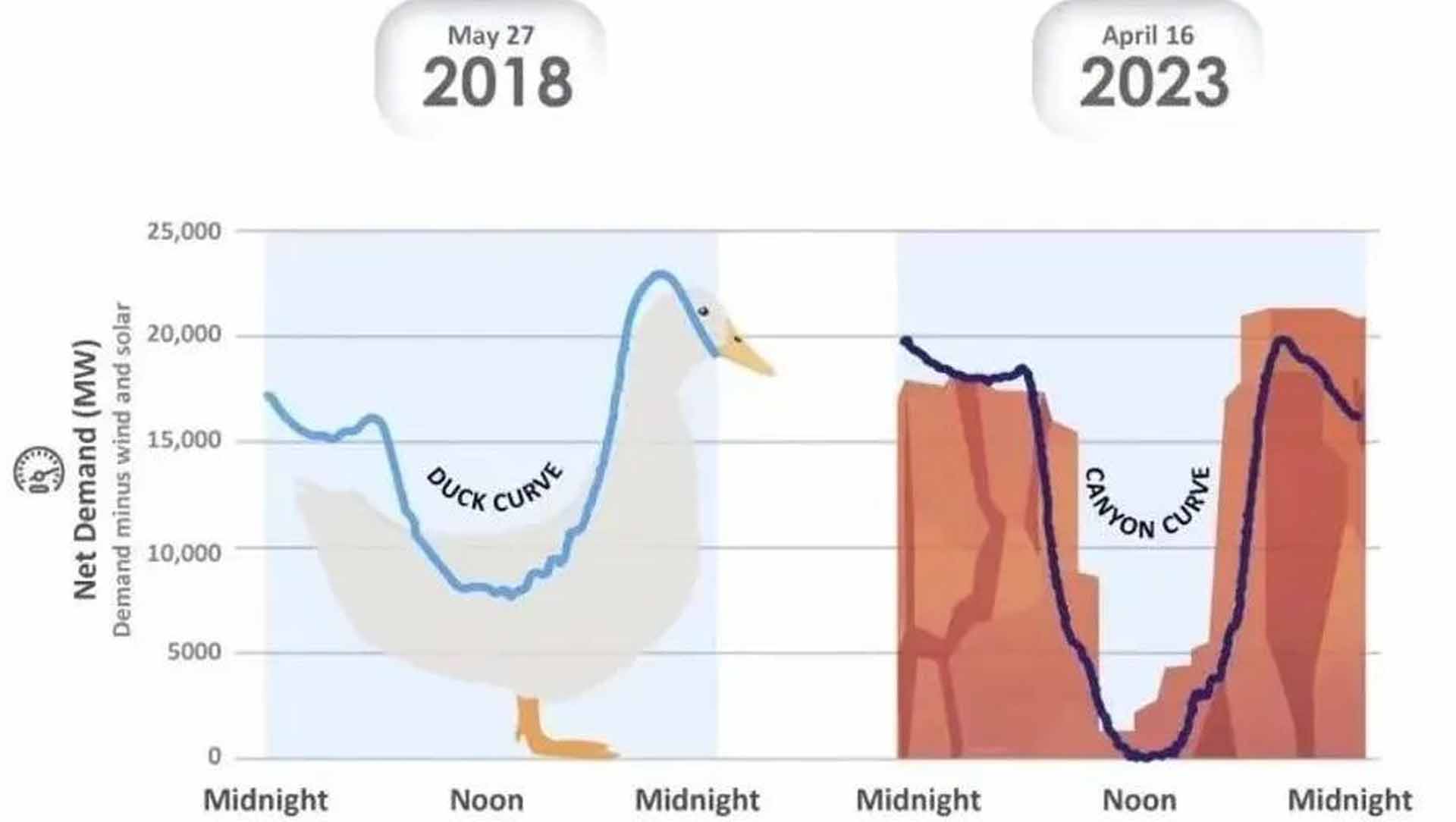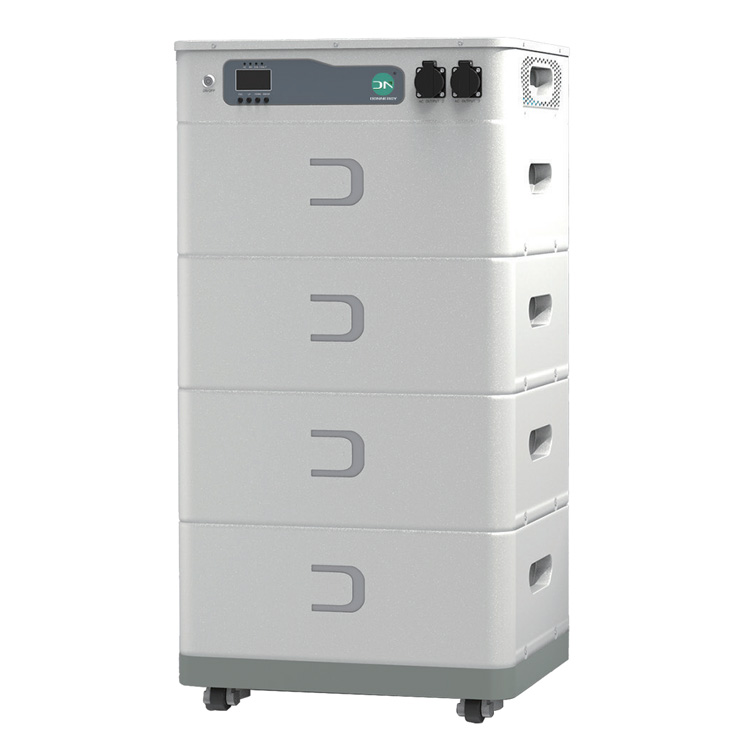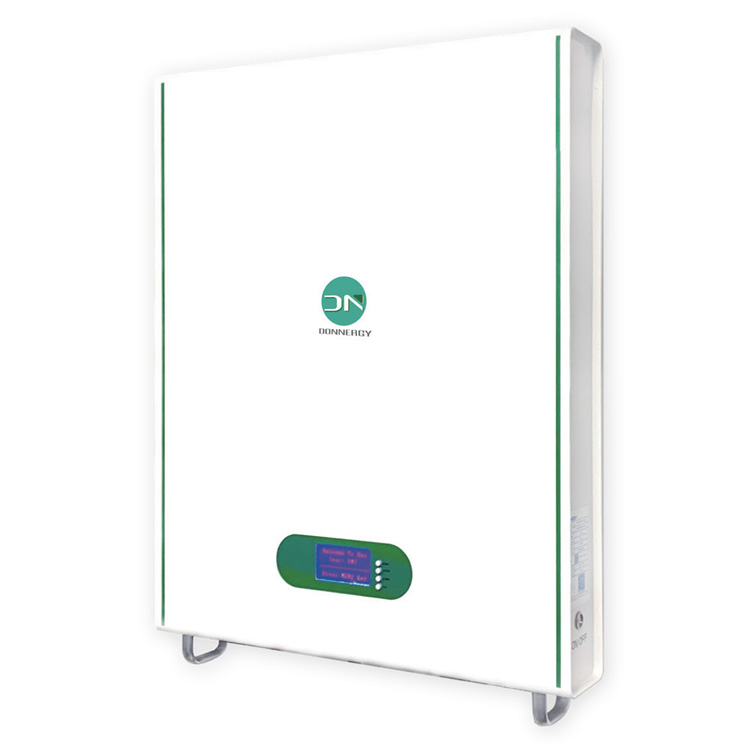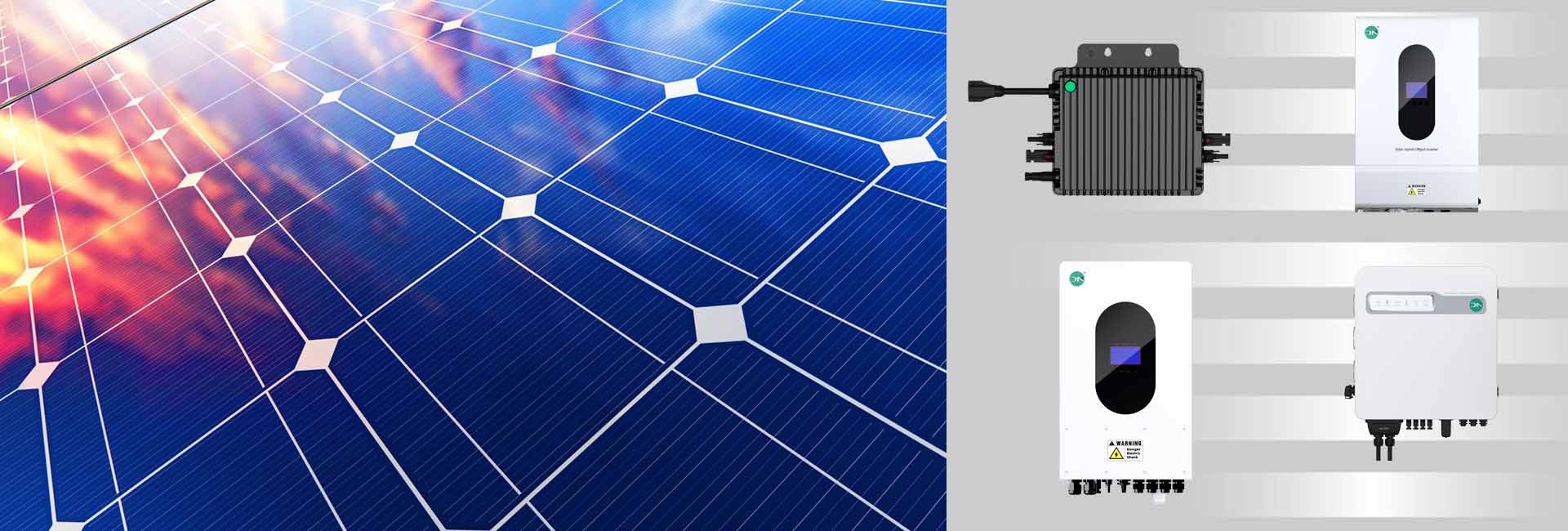A changing world, a changing need for renewable energy storage systems!
Renewable energy storage systems. Solar energy and other renewable energy are deeply changing our lives and the Earth. In energy history, we occasionally create more innovative solar energy devices as we have to do it. Obviously, it’s extremely important to maintain sustainable development nowadays. In this post, we are not going to give a long report. We just hope to help more people who have an interest in the topic by looking into the global boom needs for ESS in the past 2~3 years.
Let’s review the background of ESS’s appearance.
Firstly let’s see the “Duck chart” from the California power system model:
The “duck curve” originated from the California power system model. The chart looks like a duck that reflects the changes in power load that can be met by power generation in a day. This chart shows us the differences between the net energy demand and the net need for renewable energy (such as solar energy) throughout the day. Gradually, the global energy structure has changed these years. Correspondingly, the curve arc has changed to a “Canyon” shape.
According to calculations by the National Renewable Energy Laboratory (NREL), when California’s photovoltaic penetration rate exceeds 11%, an ordinary traditional power grid will no longer be able to afford it. If we include another 11% from wind power which makes the total renewable energy reach 22%, California’s power grid system won’t be able to bear the net load generated by photovoltaics. At this time, we need to use energy storage systems to bear these additional net loads.
Then the need for ESS was raised.
The All-in-one ESS products from Donnergy:
The demand for renewable energy storage systems varies with different districts
The first type of demand for ESS products comes from Europe and US where electricity prices are relatively high.
Let’s have a look at the U.S. power grid first
The domestic power grid in the United States consists of three major power grids: the Western United Power Grid, the Eastern United Power Grid and the Texas Power Grid. These regional grids are less interconnected. Due to the geographical characteristics (The Rocky Mountains) and historical reasons, the power generation of these power grid are more or less different:
Renewable energy is widely used in California and Texas. In California, photovoltaic power takes a high proportion. On the other hand, In Texas, wind power gets a wider use.
For a long time, California’s economy has been far ahead of other states in the United States. Naturally, its electricity demand is larger. Against this background, the power of the California grid is insufficient.
As for the Texas grid, compared to another two ones, the interconnection to external grids is even much less. A lot of surplus power was wasted.
Therefore, in recent years, California and Texas have naturally become the main markets for ESS installation in the US.


However, the IRA (Inflation Reduction Act) bill passed in August 2022 strengthened the ITC policy. The US has very strict requirements for inverters, ESS batteries and other related products. At the same time, the access thresholds for the entire renewable energy storage systems is high. Complete qualification and certification is a MUST condition.
Now let’s see the Europe power grid
The European market has been a key market for ESS products in the past two years.
Everybody knows that since the start of the Russia-Ukraine war, the prices of natural gas and electricity have gotten so sharp. It’s crazy enough that the European benchmark natural gas price once increased by 21%!
On the other hand, the high temperature last summer lasted for a long time, which resulted in severe drought. All these factors led to severe power shortages. In Europe, hydropower generation in the first seven months of 2022 dropped by 20% compared with the same period of last year. On the other hand, due to a cautious public security policy, nuclear power generation fell by 12%. All these situations had brought serious impact on the lives and industries in most countries in the continent.

The second type of demand for ESS products comes from those countries with unstable power supply and incomplete grid. A lot of countries in Africa and Southeast Asia are desperate to use renewable energy storage systems.
In these areas, the power supply is far less than in America and the EU because of inadequate infrastructure. Therefore, the goal of power supply was set to ensure basic lives and industry production.
However, this situation started to change in recent years, especially in Southeast Asian countries. It’s well-known that a large number of factories and supply chains moved to Southeast Asia in the last 10 years. This caused a much tighter power supply, although more and more infrastructure have been built up. With no doubt, higher production efficiency means much higher power needs.
Hence, the demand for solar energy and ESS products is very big in the above areas.













